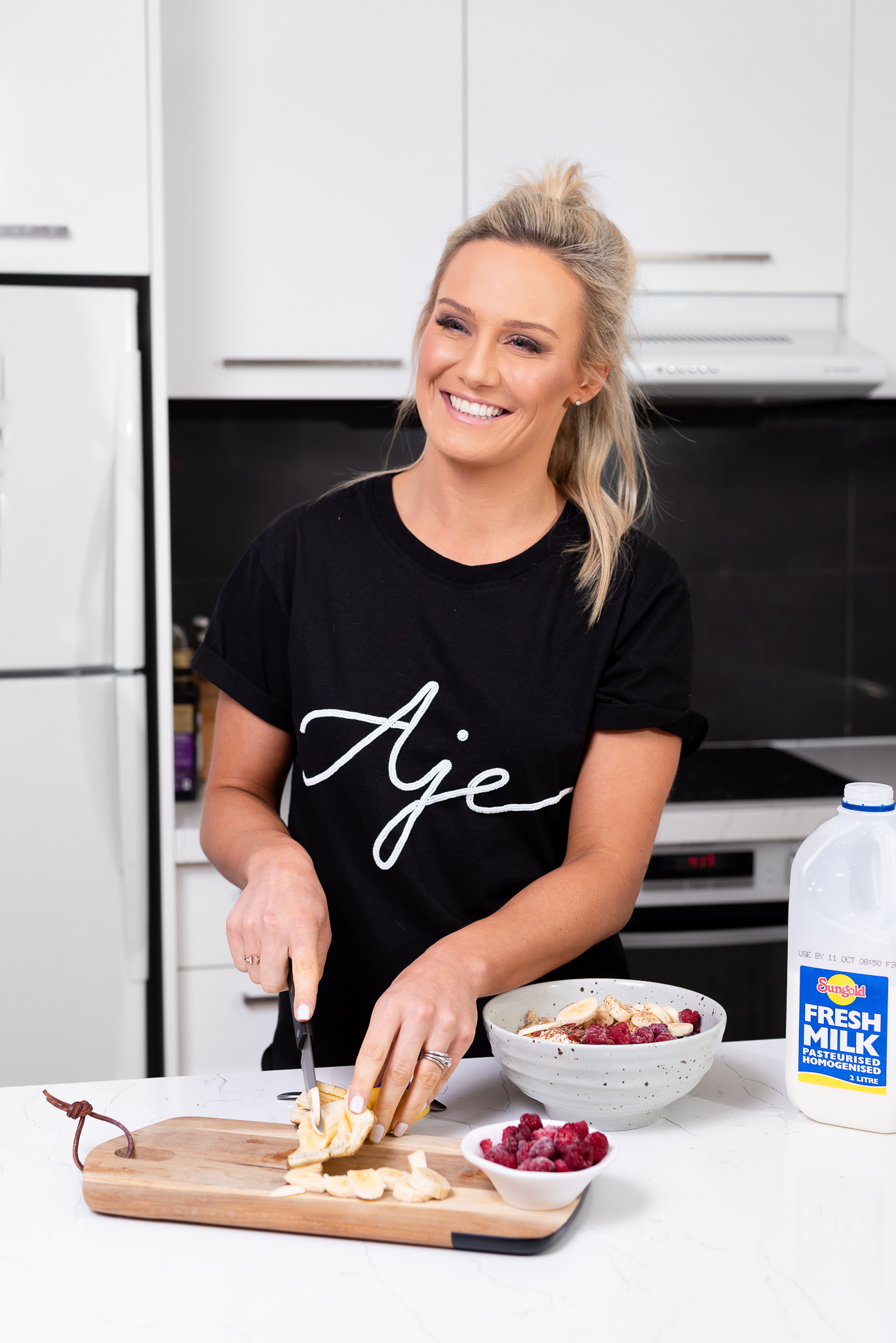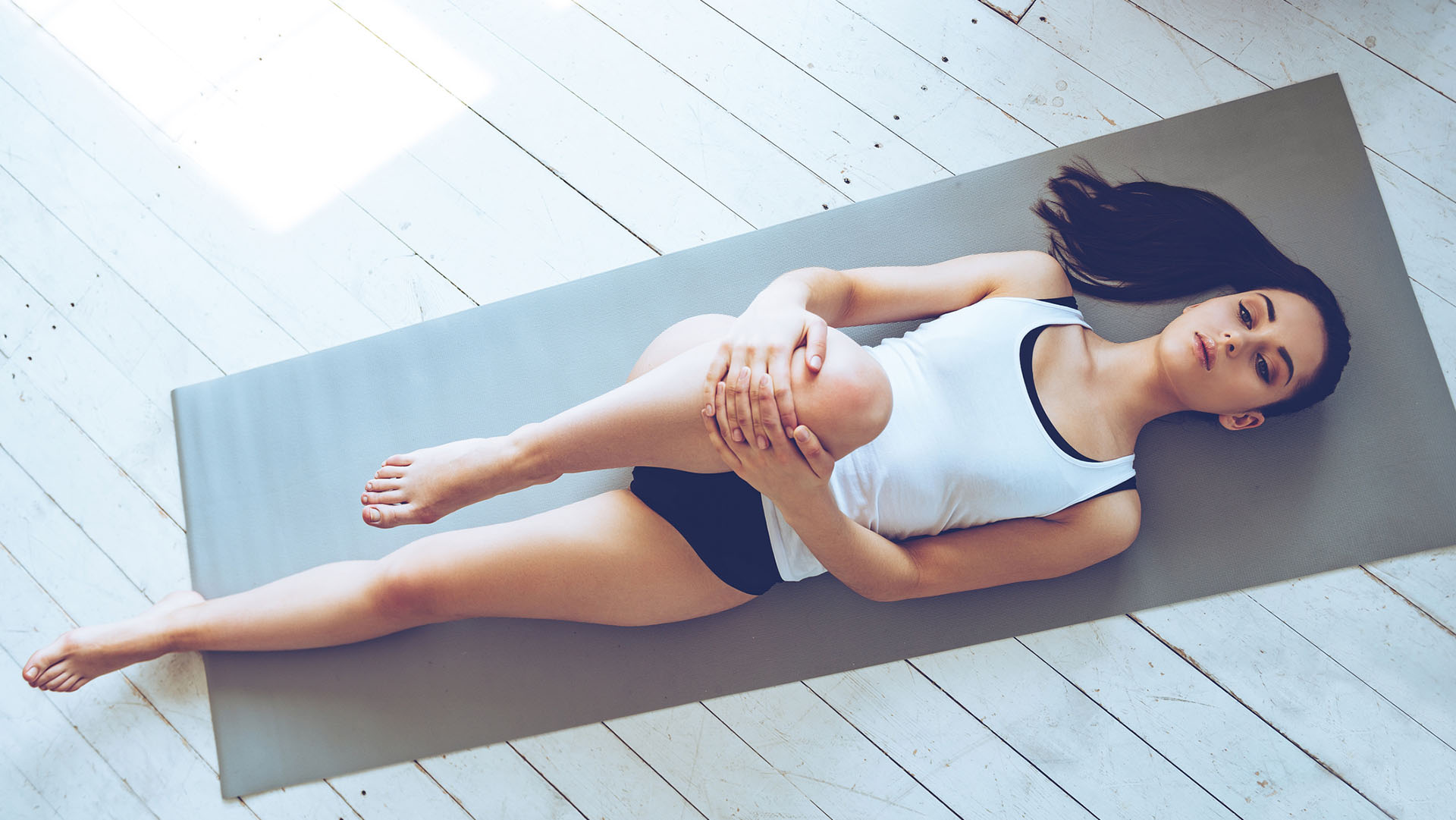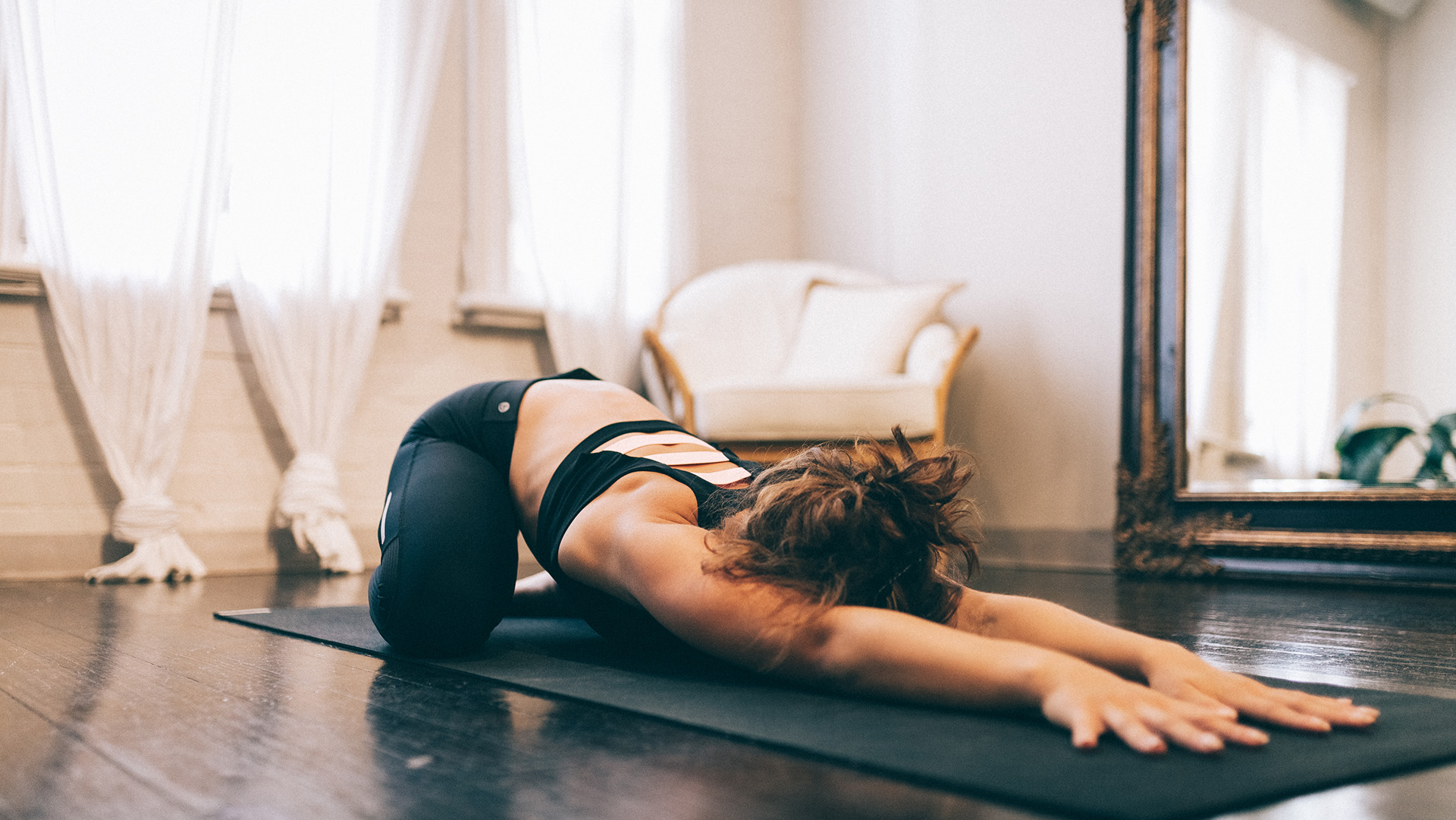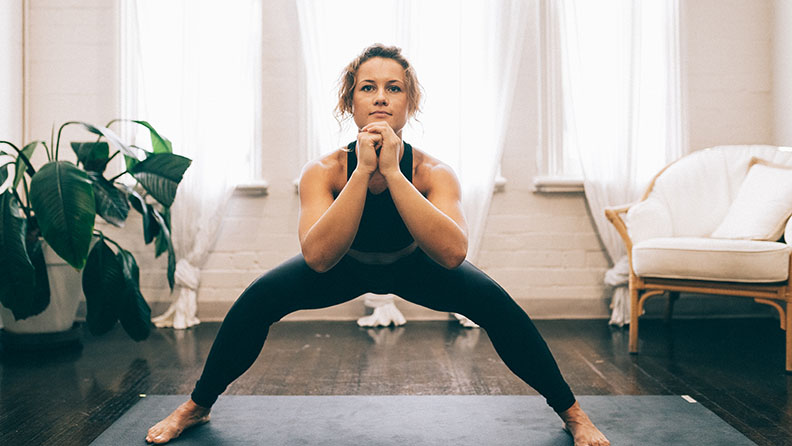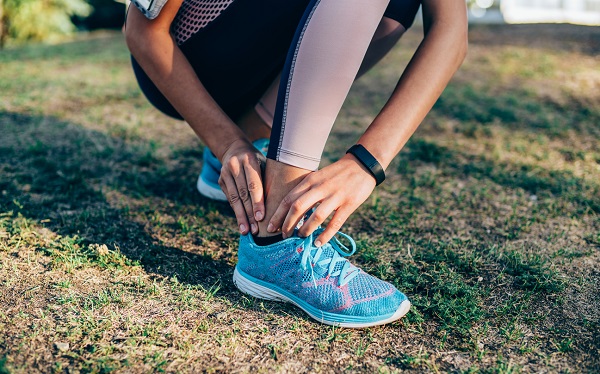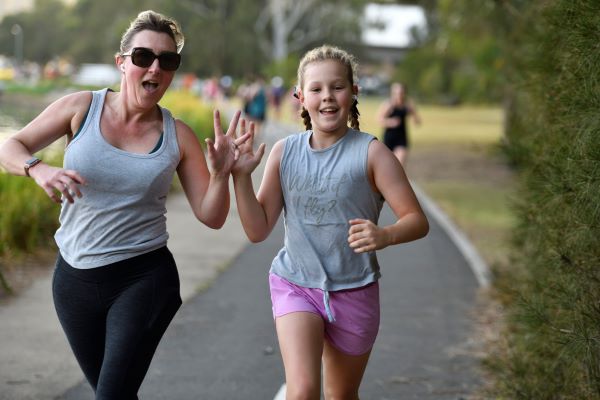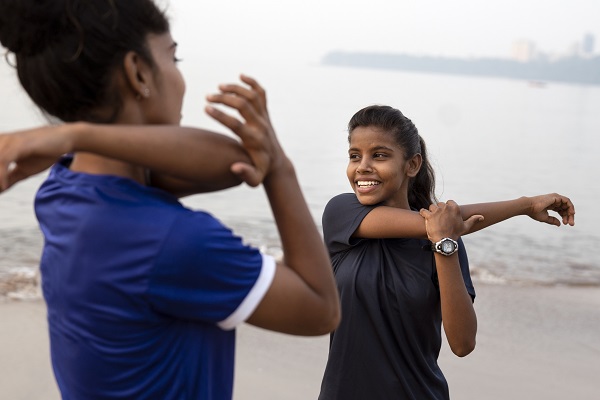-
Research shows that working out with a friend or partner actually increases your participation and compliance to your goals.
Interestingly, a 2015 study published in the British Journal of Health Psychology found it’s the emotional and social support you get from a workout companion that’s most effective. In other words, encouraging each other is more important than doing the actual activity together.
Your exercise buddy job criteria
Choosing the right workout buddy will greatly influence how much you both get out of the experience. Here are a few characteristics of a good match:
- You support and understand each other’s goals or your ‘why’ – your motivation for working out. For example, is your aim to complete an upcoming fun run, to improve overall energy, to improve self-confidence, to keep up with your kids, or improve markers of health (eg. decrease blood pressure)?
- You are available to exercise at the same time.
- You live or work in the same area.
- You are patient and compassionate towards each other. There will be days that may need to be cancelled – like if you or the kids are sick, or you’re caught back at work, or the car breaks down. A great exercise buddy can improvise with your pre-planned ‘plan B’ and will be ready and supportive to meet you next time.
- Similar fitness level and experience can be helpful, but it’s more important that you show up and support each other. Most exercises can be progressed or regressed to suit the individual. No one will ever be the same, so don’t use this as your excuse.
Before you start working out together, it’s a good idea to sit down and communicate each of your expectations for your relationship so that you’re on the same page. You can even set some agreements and decide on an initial ‘contract’ – for example, try it out for four weeks, then reassess if the arrangement is working for both of you.
Your guide to working out with a partner
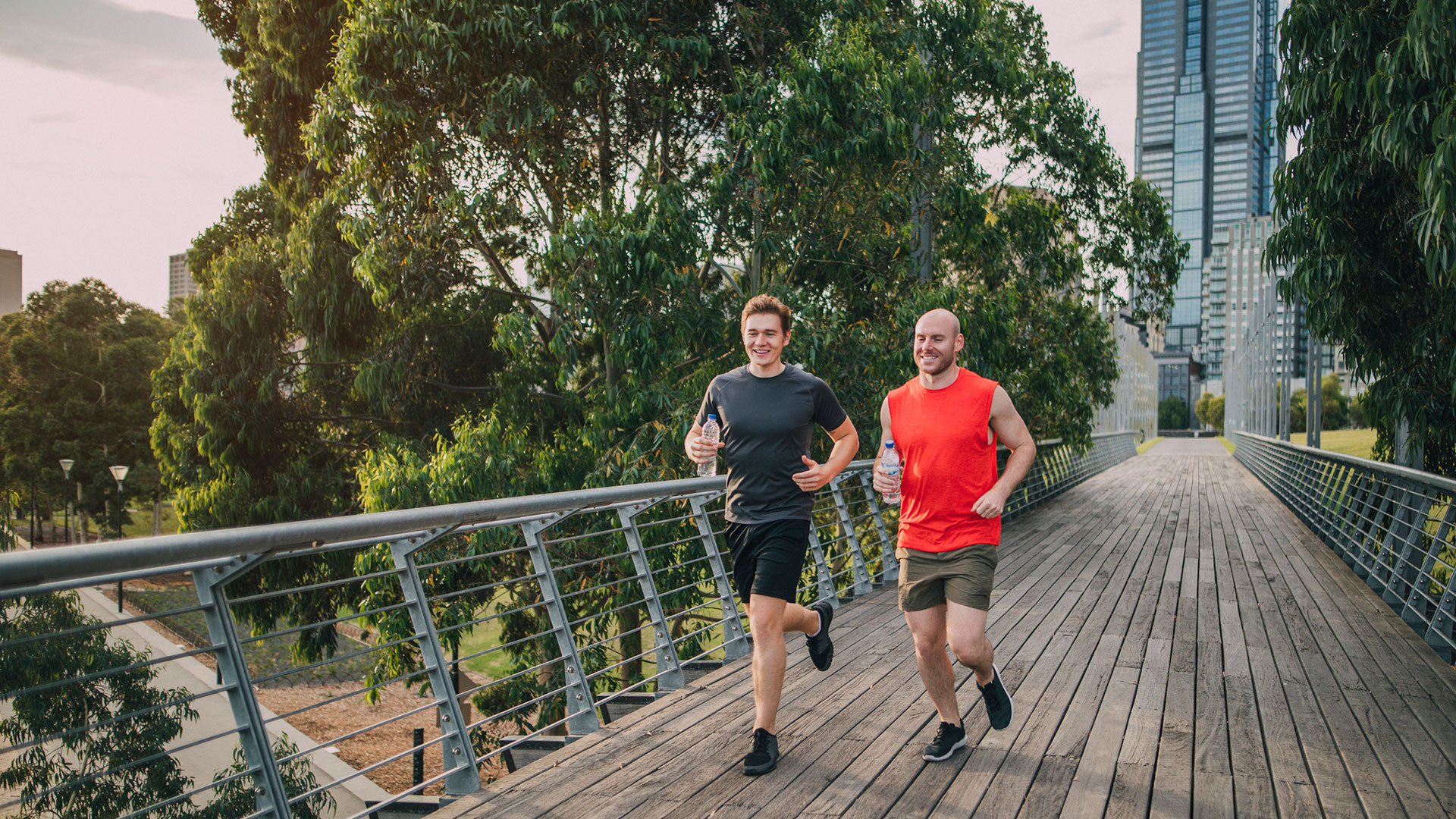
-
Once you’ve found your exercise buddy, here are some suggestions for getting active together.
Gym classes
Join a group-based training gym that has classes. This can be both time and cost-effective. It will save you time ‘programming’ each session, and ensure the session is safe, progressive and balanced. You can agree on session times you plan to attend and if for some reason your partner cannot make it, you will not be held back. You may also grow your supportive community.
Personal training
Halve the costs with a personal trainer at your local gym, or have them come to your home or local park. Choose the number of sessions you would like to do each week together. Or, ask your trainer to design a personalised program for you to complete together, and then catch up with them just once a week, fortnight or month for another program run-through and assessment.
You don’t have to have identical strength and fitness levels to work together. Encourage each other throughout and also keep an eye on their safety.
More: Is personal training worth it?
Running
Running is one of the cheapest and most convenient modes of fitness. Set your short and long term running goals and together create your action plan! Choose the number and type of run sessions each week using the 10% progression rule, gradually increasing your distance. For three sessions per week, you could mix it up with different types of training. For example:
- Speed interval: 10 x [2-minute run, 1-minute walk]
- Tempo: Slow 10-minute warm up, 20-minute challenging but manageable pace, plus 10-minute cool down walk/jog.
- Easy long: 40 minutes at an easy pace. This is more about time on feet and building your aerobic capacity, rather than speed. Don’t forget to warm up and cool down.
If your fitness and running ability varies (which is highly likely) choose a park or round track and agree to start and finish at a particular point and time. Don’t forget the power of encouragement! Celebrate your consistency and progress.
MORE: Your free running training plans
Boxing
Boxing is a great exercise to do with a partner. You can crank some motivating tunes and vary your environment to keep it weather-proof. Purchase some boxing gloves and pads and spend some time together learning some basic combinations – YouTube can be a great start. Kicks, knees, tuck jumps, squats or weaves can also be added for a full body workout.
For a great boxing session, download a free ‘round timer’ app for your phone. Warm up with some shadow boxing together to practice your combos, then alternate between being the boxer and the pad holder.
Start with 2-minute rounds with 20-second change over times, and alternate, aiming for 5-10 rounds each. Progress with round times, number of sets or more challenging combinations. Finish with some core exercises and stretches where you can work together.
-
Stretches for gym enthusiasts
8 stretches to help you cool down from workouts
-
Stretches for office workers
Stretch out your back and relieve stress
-
Stretches for runners
Stretch your legs, hips and back after a long run
-
How to walk 10,000 steps
Discover how to easily reach your goal of 10,000 steps daily.
-
Everything you need to know about parkrun
Been wondering what a parkrun looks like? Where do you go? What do you do? How do you sign up? Find out here.
-
Five ways to exercise when on a budget
You don’t need to spend money on gym memberships just to meet your fitness goals. Here are five free ways to stay healthy and active when you’re living on a budget.
Subscribe to receive the best from Live Better every week. Healthy recipes, exercise tips and activities, offers and promotions – everything to help you eat, move and feel better.
By clicking sign up I understand and agree to Medibank's privacy policy
